Note: This website was automatically translated, so some terms or nuances may not be completely accurate.
To regenerate is to evolve.
This series follows Dentsu Inc.'s 'Company Design' team as they uncover the secrets behind 'vibrant companies' with 'originality.' The 24th installment introduces Nakamura Brace, a company based at the foot of the World Heritage Site Iwami Ginzan Silver Mine in Shimane Prefecture, which manufactures and sells prosthetic limbs and orthopedic devices. The company also undertakes the renovation and reconstruction of 'old folk houses,' a venture completely unrelated to its core business. We delve into the secrets behind this unique undertaking.
Nakamura Brace is based in Omori-cho, Oda City, Shimane Prefecture. This area once boasted one of the world's largest silver mines and enjoyed great prosperity. It is, of course, the famous Iwami Ginzan Silver Mine. The town, whose population at its peak was said to be anywhere from 100,000 to 200,000, now has a population of only about 400. Noburo Nakamura is the second-generation president, taking over the company founded by his father, Toshiro, the current chairman. The company's operations fall into two main areas: manufacturing and selling "prosthetics and orthotics," and attempting the renovation and reconstruction of old folk houses.
These businesses, carried out while bearing the legacy of Iwami Ginzan. At first glance, they seem unrelated. Yet, as I studied the materials before the interview, one keyword emerged in my mind: "regeneration." The regeneration of lost body parts, the regeneration of houses abandoned by their inhabitants, and the regeneration of Omori Town. These must surely be linked in some way. Of course, Nakamura Brace, a company attracting attention from the wider world, is neither engaged in charity work nor running a business steeped in nostalgia. I intend to ask President Nakamura about the secret behind "regenerating while evolving."
Written by: Hideaki Morohashi (Dentsu Inc. BXCC)

First, we learned the basics of their business. "Prosthetics" in prosthetics and orthotics refers to artificial limbs like hands or feet, while "orthotics" includes items like back braces, knee supports, and ankle braces. Most prosthetics are custom-made, each piece crafted individually. Some orthotics are ready-made and delivered to patients at hospitals. Our company has long researched and developed these ready-made orthoses. We supply them to patients nationwide through our network of 500 to 600 industry partners. Companies producing both custom-made and ready-made products are rare nationwide, and I believe this is one of our distinctive features."
Honestly, when I hear "prosthetics and orthotics," I can't help but think it seems like a business that probably doesn't make much profit. Compared to businesses churning out trendy products and selling them like hotcakes, it seems decidedly low-key. When I asked him frankly about this, President Nakamura gave me this answer.
"You're absolutely right. Currently, our company has about 80 employees, 25 of whom hold the national certification as prosthetists and orthotists. Roughly 40 are involved in manufacturing. In other words, most of our staff are skilled craftsmen. We take pride in creating intricate products that leverage our expertise and bring satisfaction to our customers. I believe this is the pride shared by all our employees. We never focused on sales figures from the start. We believe that if we do good work, such results will inevitably follow."
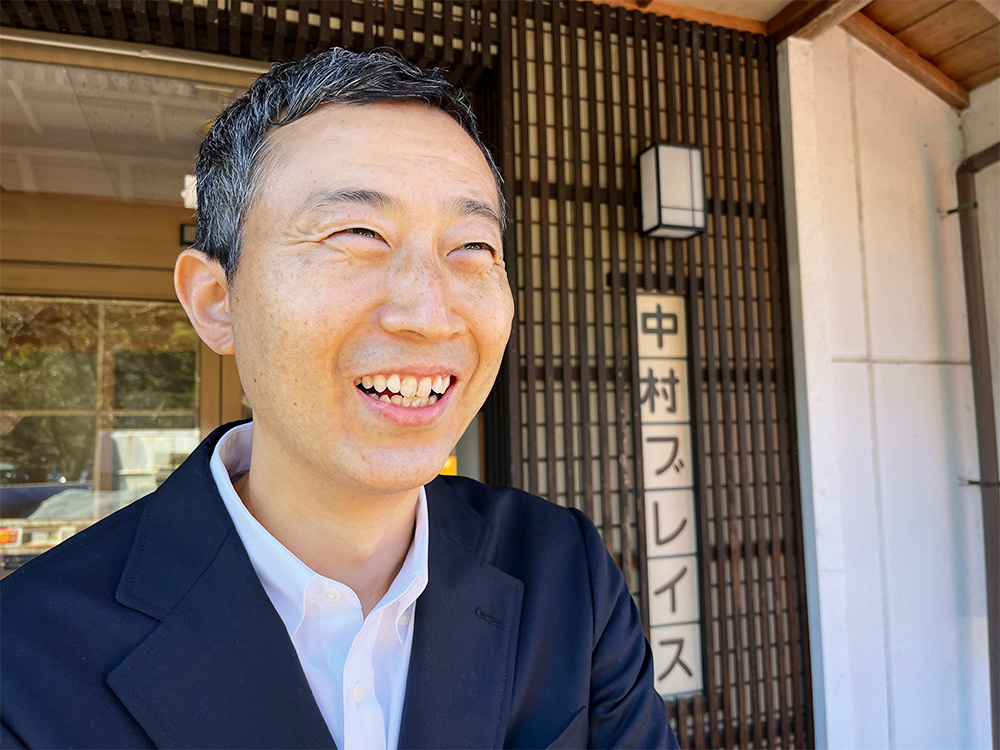
The regeneration of the heart is what truly matters
I also asked about the "regeneration of the heart" for patients. "That is truly important. For instance, with artificial breasts, hands, or fingers, some might think that as long as they have a certain shape, appearance, and function, that's sufficient—asking for more is a kind of luxury. For instance, with breast prostheses, some might think it's enough if they just create a plausible curve under clothing. But I believe there are moments, like visiting a hot spring, where the stares of others can be deeply discouraging. As a manufacturer, how we respond to these sensitive feelings is what truly matters."
According to President Nakamura, initially, almost all employees involved in manufacturing were male. Now, female employees make up half the workforce. It's not just about saying "gender-free" or "gender equality" to sound trendy. Because men can never fully understand the feelings of women who have lost a breast. "It's not like we just deliver the product and that's it. It's not like that. In that sense, letters we receive from patients are incredibly valuable and serve as motivation to continue this work. They are proof that our products are reaching our customers' hearts."
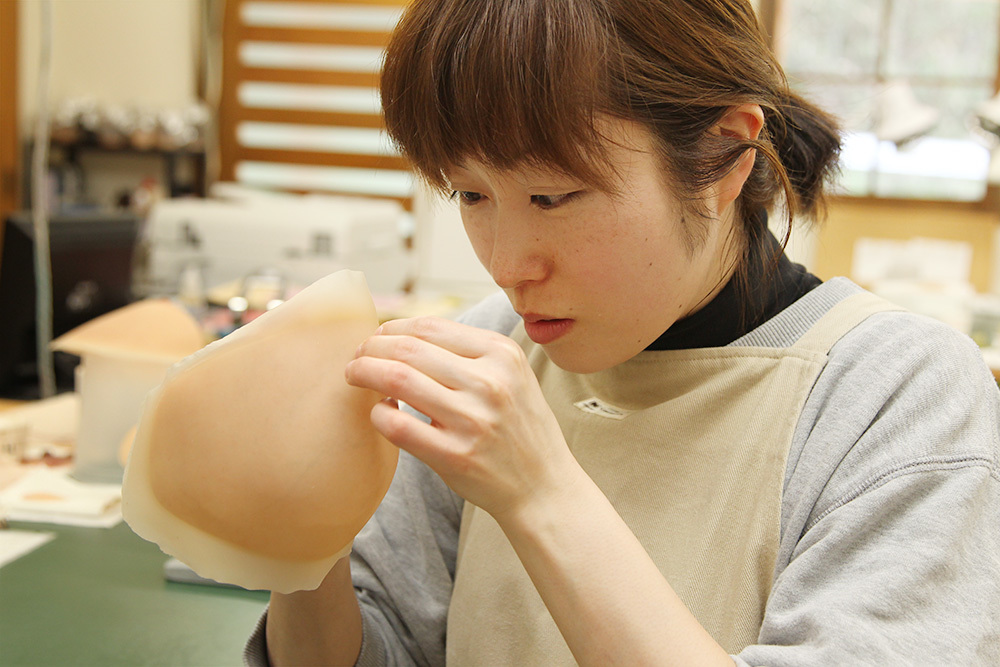
Restoring Old Houses: Another Challenge
I asked about another initiative: the restoration of old houses. "This was also started by my father, the founder (current Chairman Toshiro). Initially, the reaction from those around him was something like, 'What is Nakamura trying to start now?' But my father's resolve was unwavering; it was about wanting to revitalize the town where he was born and raised."
Revitalization seems to be a key theme. "During interviews, I'm often asked: 'Is renovating old houses a business venture? Or is it CSR?' My belief aligns with my father's – it's neither. I see it as something we should naturally do for our hometown, a responsibility we must fulfill."
The former Iwami Ginzan silver mine was once said to be the world's largest, and it was incredibly vibrant. After graduating high school, President Nakamura initially went to university in Tokyo, wanting to avoid the pre-set path laid out for him. However, his feelings for the family business and his hometown gradually grew stronger.
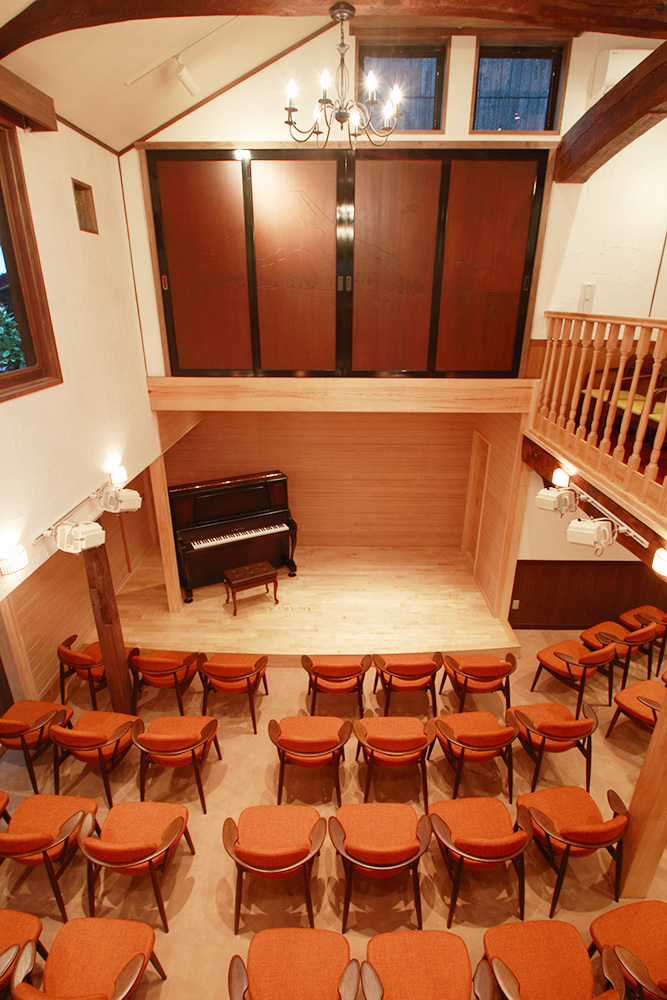
Together with the community
President Nakamura emphasizes the importance of attracting people from outside to Omori Town. "During the silver mine's heyday, it wasn't just miners—merchants, samurai, and people from all over the world likely visited this town. It was a place where people coming in was the norm. The town had an appeal that drew people, and Omori Town possessed an open-minded spirit that welcomed such visitors. I believe the core of our company's mission is to revive that kind of town." People interested in prosthetics and orthotics come here from all over Japan. Those drawn to traditional houses consider moving here. It's a small effort by a small company, but regarding the old houses, we're currently renovating the 65th one. In a town of 400 people, renovating 65 houses means we've restored a significant proportion of the traditional homes."
If we use trendy terms, it's "Zero to One." Giving meaning and form to things that didn't exist before, things that had faded away, things no one cared about. "Even if it's called self-satisfaction, even if it's criticized as a solo act, I think it's important to keep doing it with conviction." I felt I had glimpsed one of the true essences of innovation.
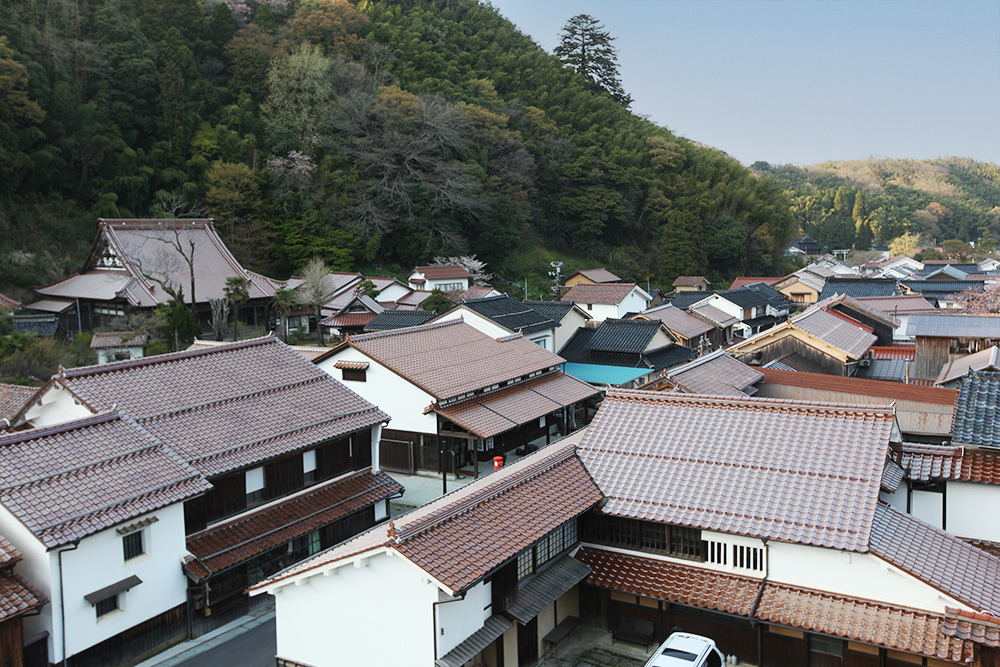
We want to pursue projects spanning 20 or 30 years.
President Nakamura continued, "We don't lead local people. We're not a government agency or anything; we're just a small company. I think the expression 'the aesthetics of the soles of the feet' fits us well (laughs)." It's essentially a supporting role. "Returning to prosthetics and orthotics, what we create isn't like digital technology that undergoes dramatic evolution every two or three years. Like restoring old houses, we can only steadily work toward goals 20 or 30 years ahead."
According to President Nakamura, while the functionality and appearance of prosthetic parts themselves will continue to evolve, the most crucial aspect lies in the 'interface' connecting those parts to the human body. "Prosthetics aren't robots, you see. Our job is to maximize the use of the patient's remaining body parts. Of course, we can't restore them 100%. In that sense, the joint connecting the part to the body is incredibly important. This is where the skill of a master craftsman and the dedication to each individual patient are absolutely essential."
I sensed that "regeneration" carries a deep affection and strong desire to support.

Visit Nakamura Brace's website here.
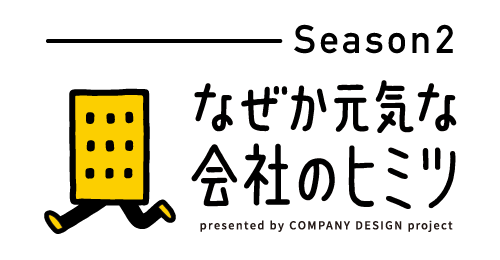
Season 2 of the series where Dentsu Inc.'s 'Company Design' team explores the secrets of 'vibrant companies' with 'originality.' Episode 24 introduced Nakamura Brace, a company manufacturing and selling prosthetics and orthotics located near the World Heritage Site Iwami Ginzan Silver Mine in Shimane Prefecture.
Season 1 of the series can be found here:
The "Company Design" project site is here.
[Editor's Note]
At the end of the interview, I posed this question to President Nakamura: "What meaning do you think the character '義' (gi) in 'prosthetic limb' carries? Does it imply something artificial? Or something real? Which is it? We say 'father-in-law' (義理の父), right? Initially, they're complete strangers. But gradually, hearts and bodies connect."
That's a tough one, isn't it? I've never really thought about it. After that reaction, President Nakamura commented: "Isn't it the 'gi' from 'giri-ninjō' (duty and affection)? What we make is never a real limb. But we pour our hands and hearts into each product, delivering it to each individual patient. At its core, it's something I find a bit embarrassing to say, but I think it's 'giri-ninjō'."
All kinds of technology are striving to become more human-like. In certain fields, numerous inventions far surpass human capabilities. But prosthetics and old houses? They're not going to undergo any astonishing evolution like that. What flows through Nakamura Brace's business is a "sense of caring for people and one's hometown."
Was this article helpful?
Newsletter registration is here
We select and publish important news every day
For inquiries about this article
Back Numbers
Author

Hideaki Morohashi
Dentsu Inc.
BXCC
Copywriter / CM Planner
Born in Katagami City, Akita Prefecture (formerly Iidagawa Town). Joined Dentsu Inc. after working at Tokyu Agency. While primarily handling advertising production such as commercials, also engaged in diverse projects including presentations to attract international business, launching a new sports league, and supporting startup creative initiatives. Favorite book is "Oishinbo."




